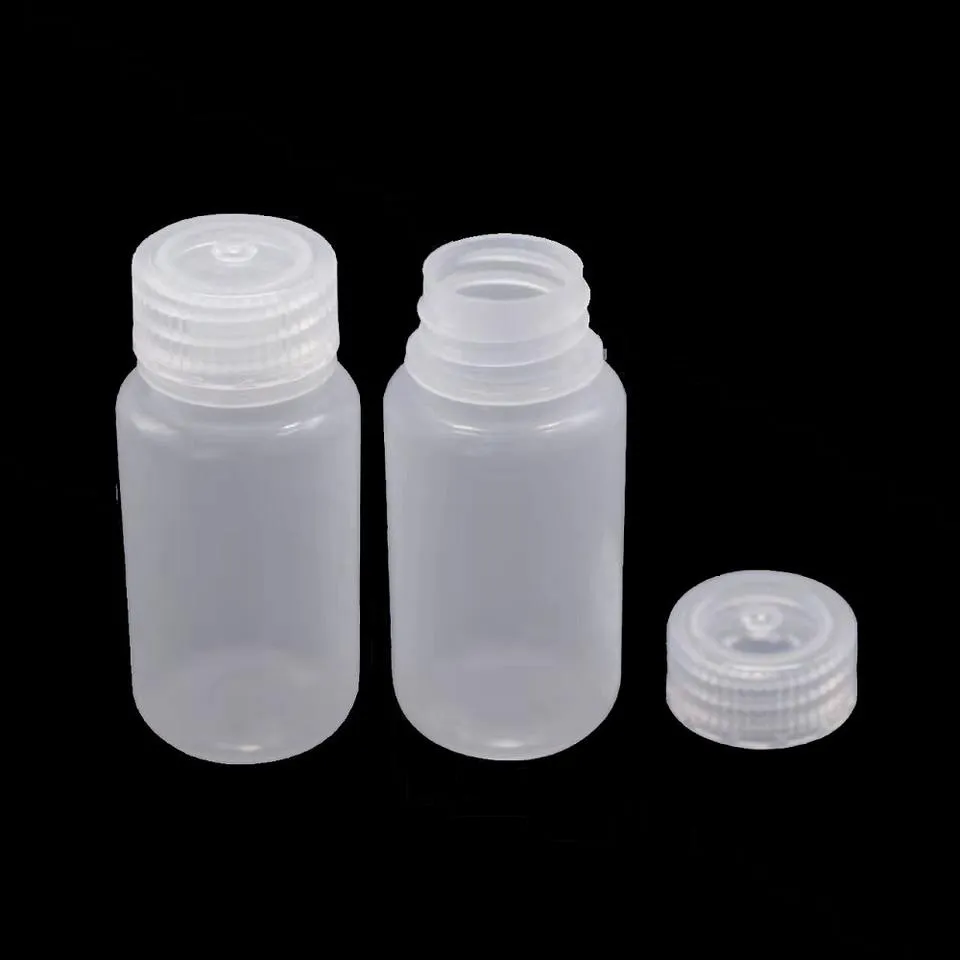
-
 Afrikaans
Afrikaans -
 Albanian
Albanian -
 Amharic
Amharic -
 Arabic
Arabic -
 Armenian
Armenian -
 Azerbaijani
Azerbaijani -
 Basque
Basque -
 Belarusian
Belarusian -
 Bengali
Bengali -
 Bosnian
Bosnian -
 Bulgarian
Bulgarian -
 Catalan
Catalan -
 Cebuano
Cebuano -
 Corsican
Corsican -
 Croatian
Croatian -
 Czech
Czech -
 Danish
Danish -
 Dutch
Dutch -
 English
English -
 Esperanto
Esperanto -
 Estonian
Estonian -
 Finnish
Finnish -
 French
French -
 Frisian
Frisian -
 Galician
Galician -
 Georgian
Georgian -
 German
German -
 Greek
Greek -
 Gujarati
Gujarati -
 Haitian Creole
Haitian Creole -
 hausa
hausa -
 hawaiian
hawaiian -
 Hebrew
Hebrew -
 Hindi
Hindi -
 Miao
Miao -
 Hungarian
Hungarian -
 Icelandic
Icelandic -
 igbo
igbo -
 Indonesian
Indonesian -
 irish
irish -
 Italian
Italian -
 Japanese
Japanese -
 Javanese
Javanese -
 Kannada
Kannada -
 kazakh
kazakh -
 Khmer
Khmer -
 Rwandese
Rwandese -
 Korean
Korean -
 Kurdish
Kurdish -
 Kyrgyz
Kyrgyz -
 Lao
Lao -
 Latin
Latin -
 Latvian
Latvian -
 Lithuanian
Lithuanian -
 Luxembourgish
Luxembourgish -
 Macedonian
Macedonian -
 Malgashi
Malgashi -
 Malay
Malay -
 Malayalam
Malayalam -
 Maltese
Maltese -
 Maori
Maori -
 Marathi
Marathi -
 Mongolian
Mongolian -
 Myanmar
Myanmar -
 Nepali
Nepali -
 Norwegian
Norwegian -
 Norwegian
Norwegian -
 Occitan
Occitan -
 Pashto
Pashto -
 Persian
Persian -
 Polish
Polish -
 Portuguese
Portuguese -
 Punjabi
Punjabi -
 Romanian
Romanian -
 Russian
Russian -
 Samoan
Samoan -
 Scottish Gaelic
Scottish Gaelic -
 Serbian
Serbian -
 Sesotho
Sesotho -
 Shona
Shona -
 Sindhi
Sindhi -
 Sinhala
Sinhala -
 Slovak
Slovak -
 Slovenian
Slovenian -
 Somali
Somali -
 Spanish
Spanish -
 Sundanese
Sundanese -
 Swahili
Swahili -
 Swedish
Swedish -
 Tagalog
Tagalog -
 Tajik
Tajik -
 Tamil
Tamil -
 Tatar
Tatar -
 Telugu
Telugu -
 Thai
Thai -
 Turkish
Turkish -
 Turkmen
Turkmen -
 Ukrainian
Ukrainian -
 Urdu
Urdu -
 Uighur
Uighur -
 Uzbek
Uzbek -
 Vietnamese
Vietnamese -
 Welsh
Welsh -
 Bantu
Bantu -
 Yiddish
Yiddish -
 Yoruba
Yoruba -
 Zulu
Zulu
Design Specifications for Laboratory Reagent Bottle Graphics and Drawings
The Importance of Laboratory Reagent Bottles Design and Function
Laboratories are at the forefront of scientific advancement, and one of the most critical elements within these environments is the humble laboratory reagent bottle. These bottles are designed specifically to contain and preserve chemicals and solutions essential for various experiments and analyses. In this article, we will explore the design features, materials, and significance of these important vessels in laboratory settings.
Design Features
The design of laboratory reagent bottles is crucial for ensuring the safety and effectiveness of the substances contained within them. Typically made of glass or high-quality plastics, these bottles come in various shapes and sizes to accommodate different types of reagents. Common features include a narrow neck that minimizes the risk of spillage and allows for easier pouring, as well as a secure cap to prevent evaporation or contamination.
One noteworthy aspect of reagent bottle design is the labeling area. Most bottles are designed with a flat or slightly curved surface where labels can be affixed. Clear and durable labels are essential for identifying the contents of the bottles, including important details like the chemical name, concentration, hazard warnings, and expiration date. This practice enhances safety by allowing laboratory personnel to quickly and accurately identify reagents, thereby reducing the risk of accidents.
Materials Used
laboratory reagent bottle drawing

The choice of materials used for laboratory reagent bottles plays a vital role in their effectiveness and safety. Glass bottles are preferred for many applications due to their non-reactive properties, which prevent contamination of the reagents. Additionally, glass can withstand a broader range of temperatures, making it suitable for storing heat-sensitive chemicals. However, glass is also prone to breakage, which is a significant safety concern.
In contrast, plastic bottles, such as those made from polyethylene or polypropylene, are less likely to break and are therefore often favored in dynamic lab environments. These materials can also be manufactured with specific resistances to chemicals, such as acids or bases, which broadens their utility. Regardless of the material, manufacturers must ensure that the bottles meet stringent safety standards to protect laboratory workers and the integrity of the chemicals.
Significance in Laboratory Settings
Laboratory reagent bottles are more than mere containers; they are integral to the entire scientific process. Their role extends from storage and preservation to ensuring that experiments can be conducted safely and accurately. The proper use of reagent bottles minimizes the risk of contamination, which could significantly affect experimental outcomes and lead to erroneous results.
Furthermore, efficient organization and management of reagent bottles contribute to overall lab efficiency. When bottles are appropriately labeled and stored in an orderly fashion, researchers can save valuable time during experiments, allowing them to focus on their work instead of searching for the necessary reagents. This efficiency is crucial in research environments where time-sensitive experiments are common.
In conclusion, laboratory reagent bottles may seem like a small aspect of the scientific process, but their significance cannot be overstated. With careful design, appropriate material selection, and proper labeling, these bottles ensure the safe storage and handling of chemicals. As laboratories continue to evolve and expand their capabilities, the reliance on high-quality reagent bottles will remain a staple in maintaining a safe and efficient research environment. These vessels encapsulate not only the materials that drive scientific discovery but also the commitment to safety and excellence that is at the heart of all laboratory work.
-
Premium Metal Dropper Bottle for Precise Dispensing 250ml & 1ml Options AvailableNewsJul.04,2025
-
20 ml Headspace Vials - High Quality Polyethylene & Plastic Vials for Lab UseNewsJul.04,2025
-
Small Bottle with Pipette - Precise Dispensing 100ml Pipette Bottles for Essential Oils & Lab UseNewsJun.24,2025
-
Acetic Anhydride Bottle for Accurate Dropper Measurement in Pharmacy Use High-Quality Dropper BottlesNewsJun.10,2025
-
Innovative PET Bottle Design for Juice – Unique Shapes & Customization OptionsNewsJun.10,2025
-
20 Pack Sterilized Petri Dishes – Assorted Sizes, High Quality Small Plastic Petri Dishes for Lab UseNewsJun.10,2025






















